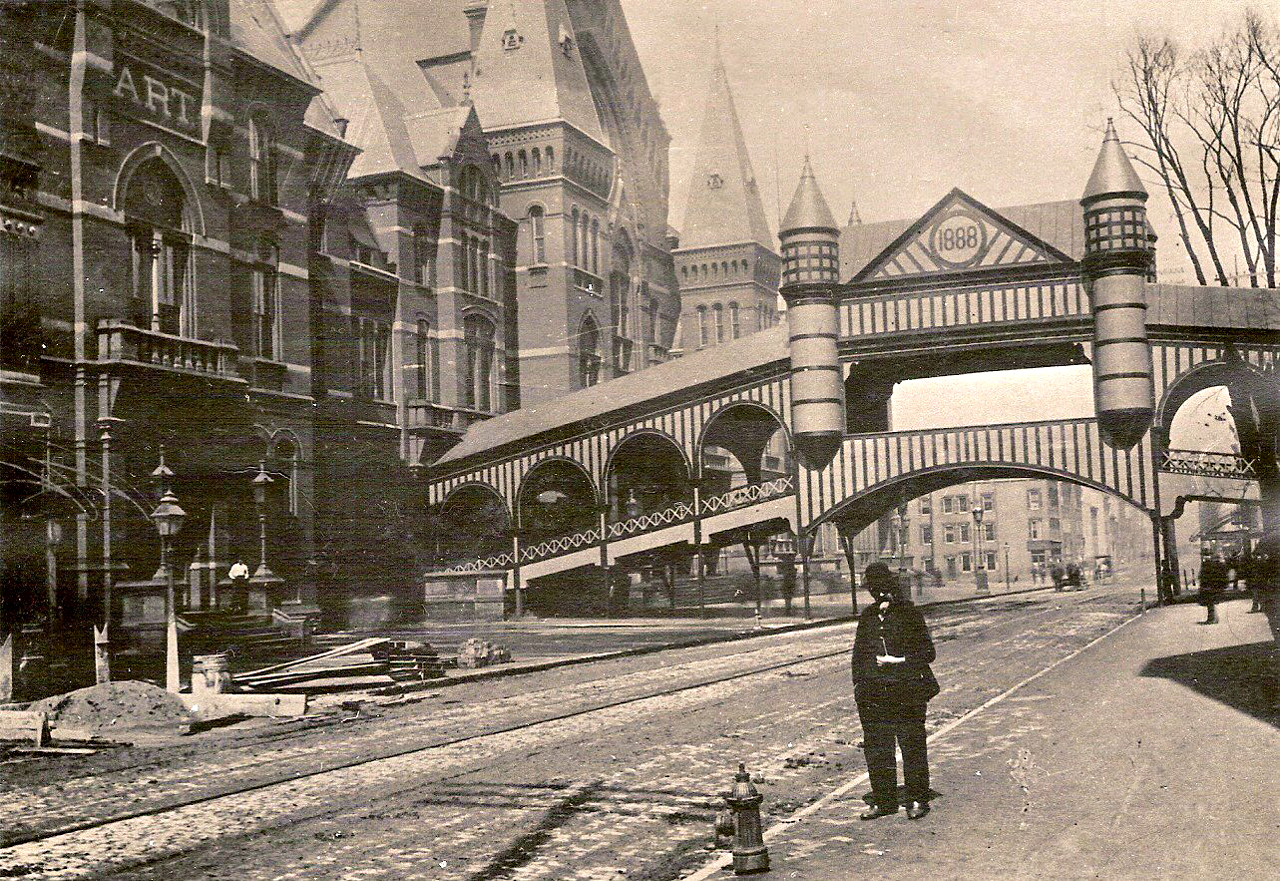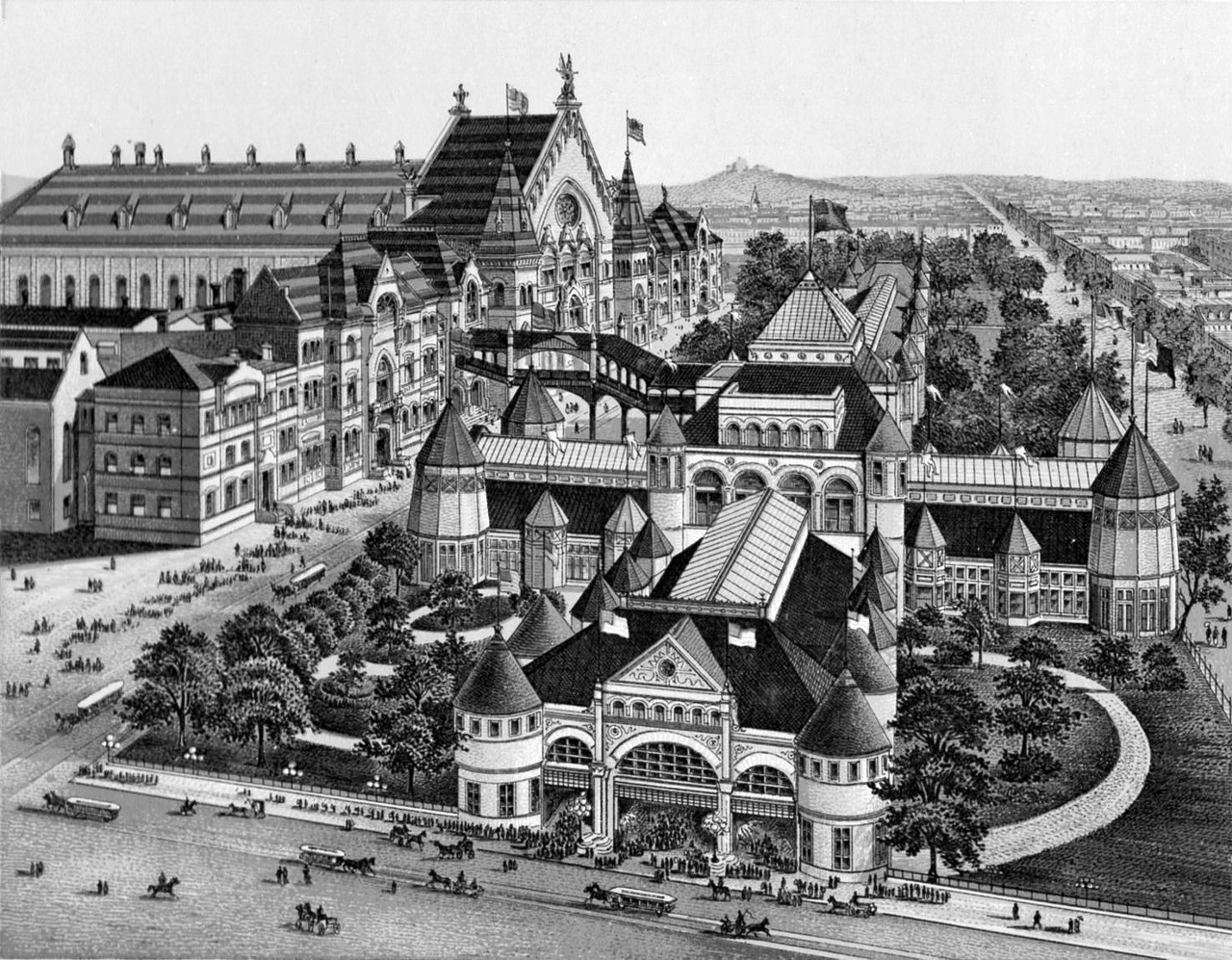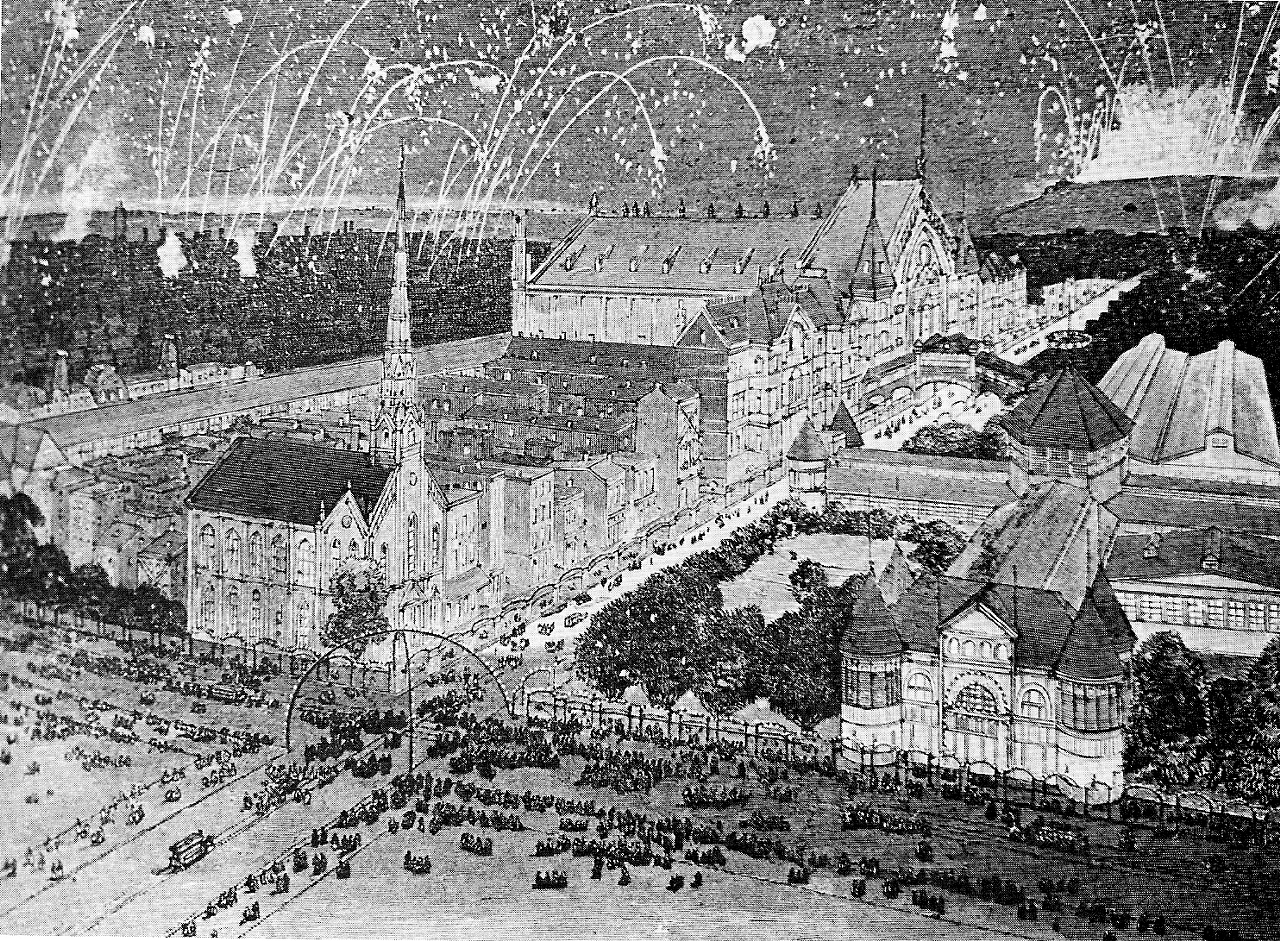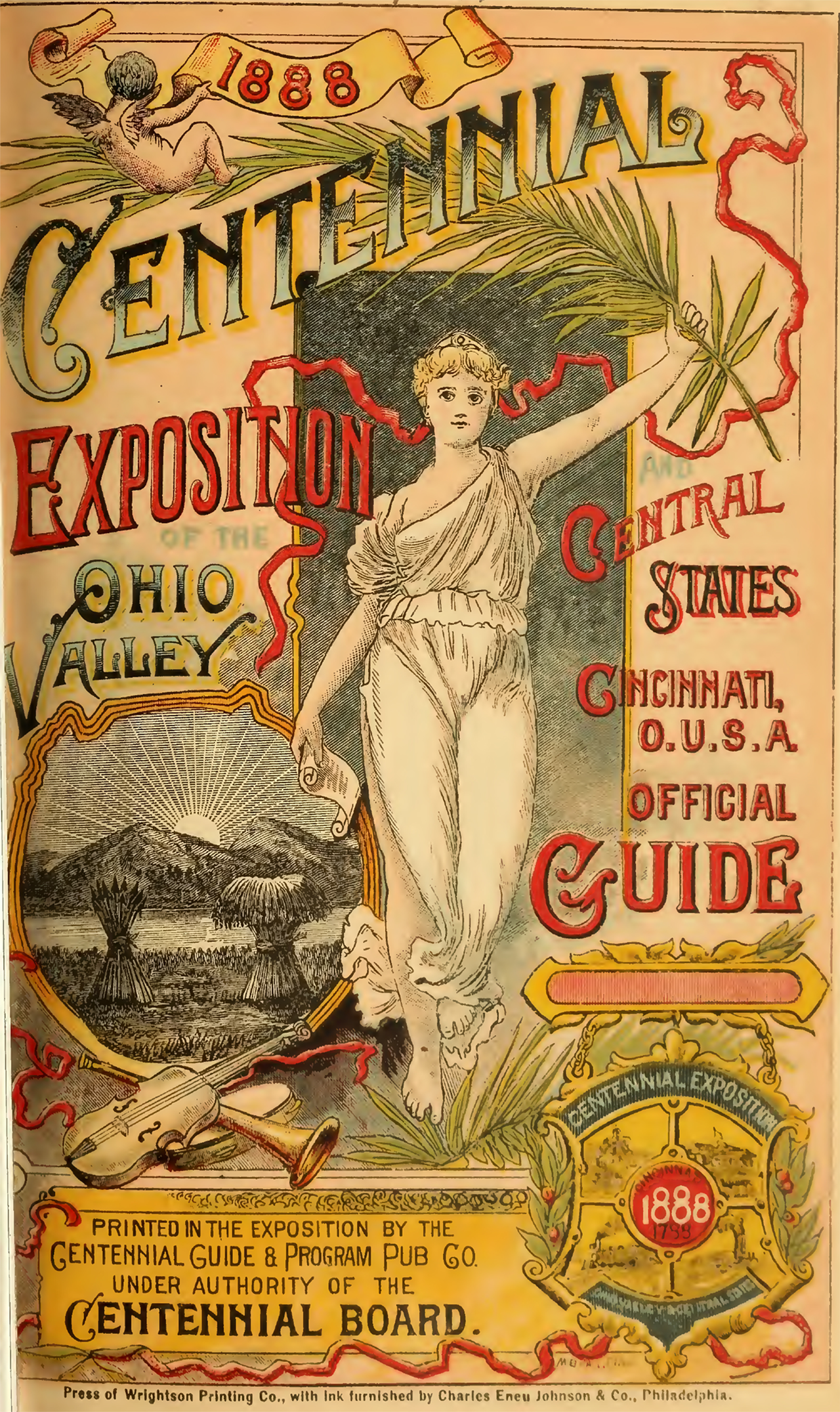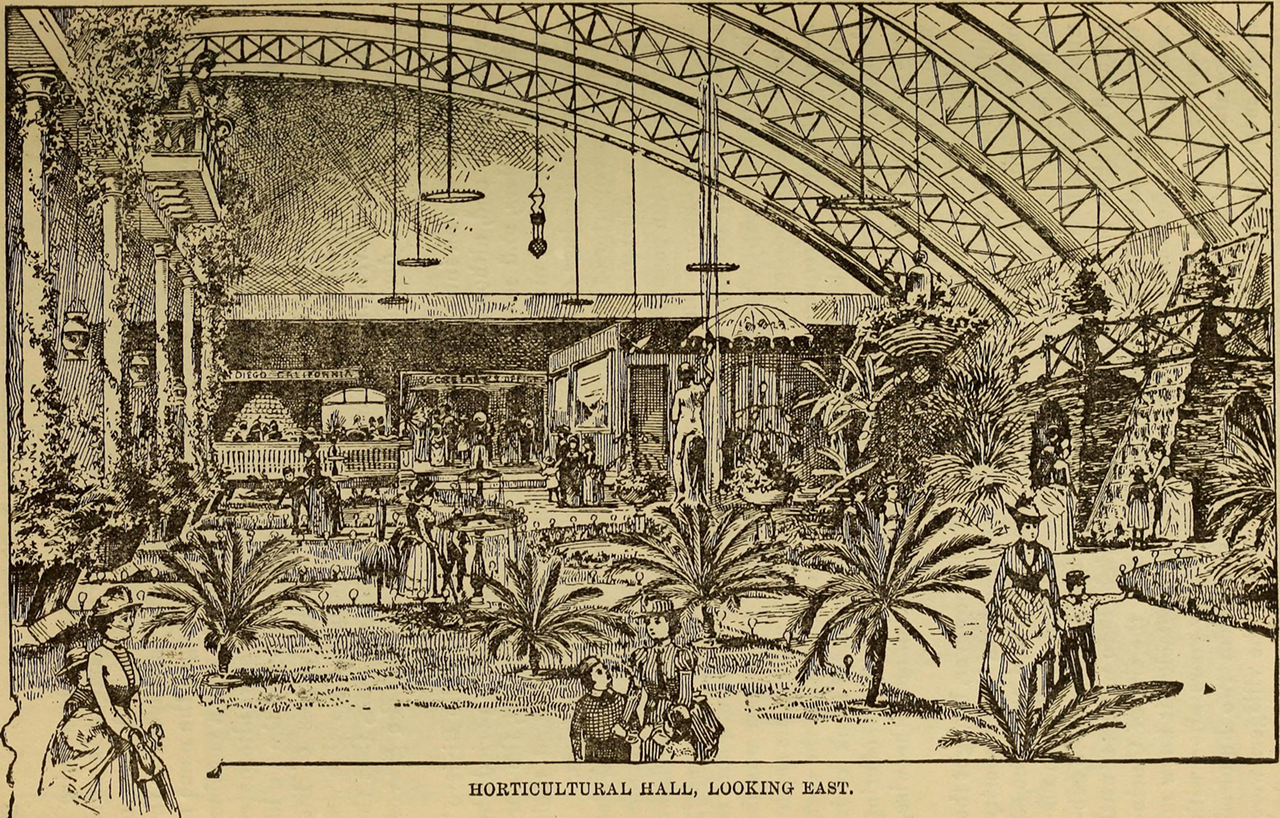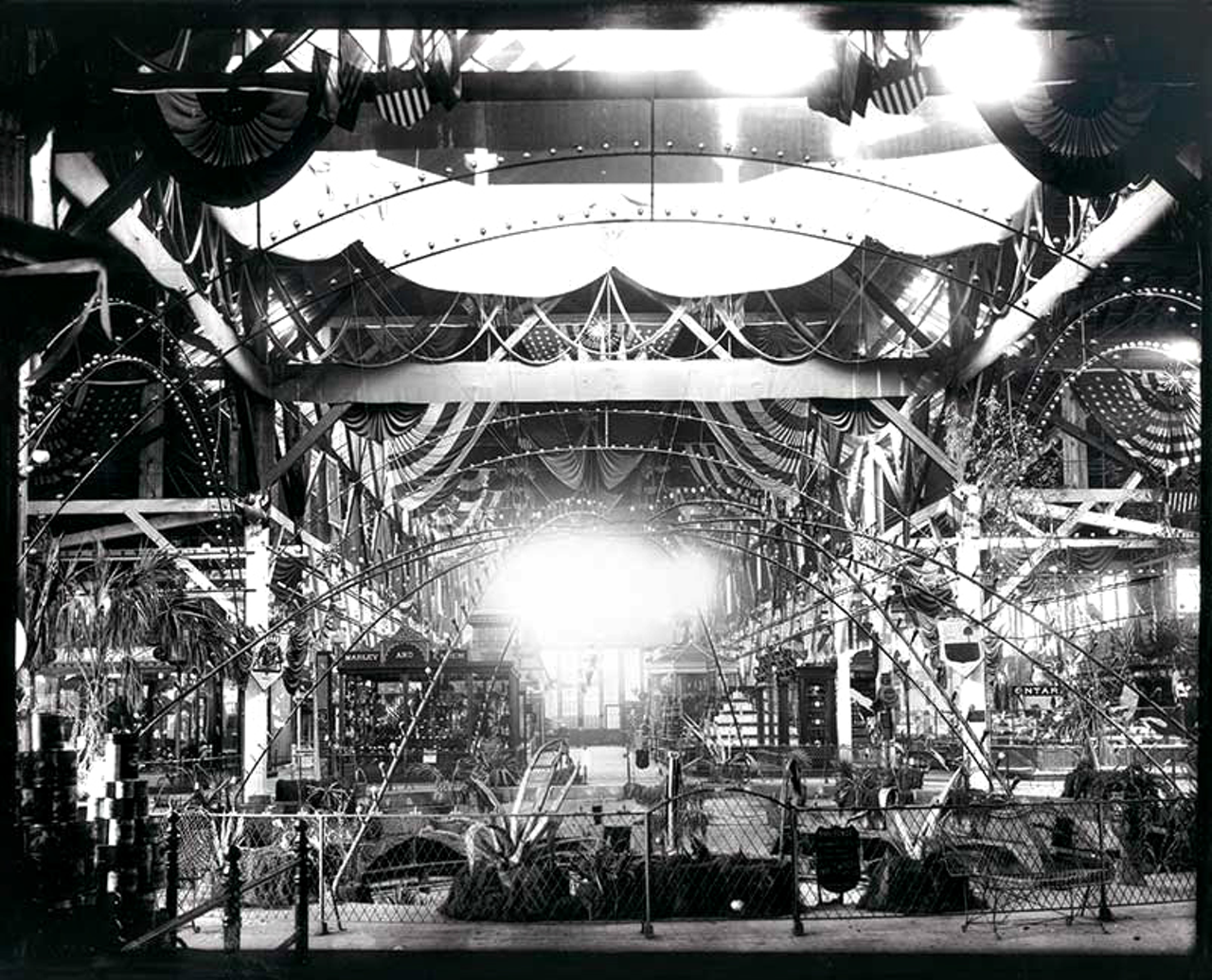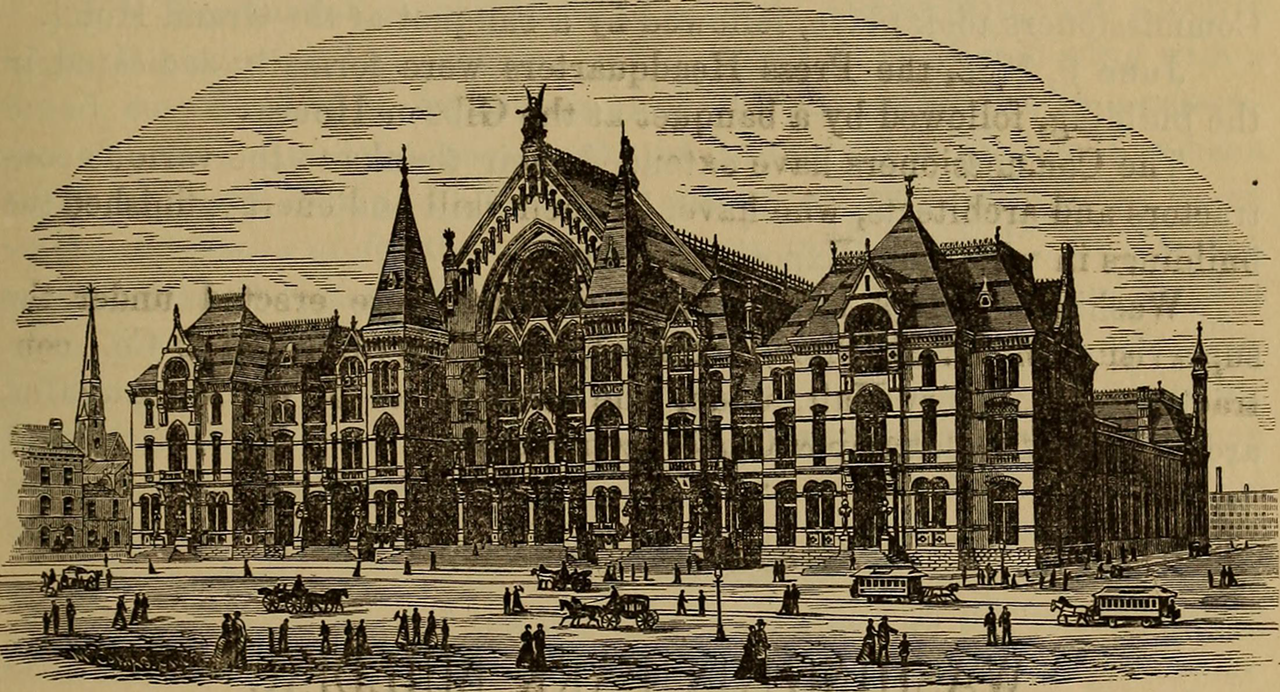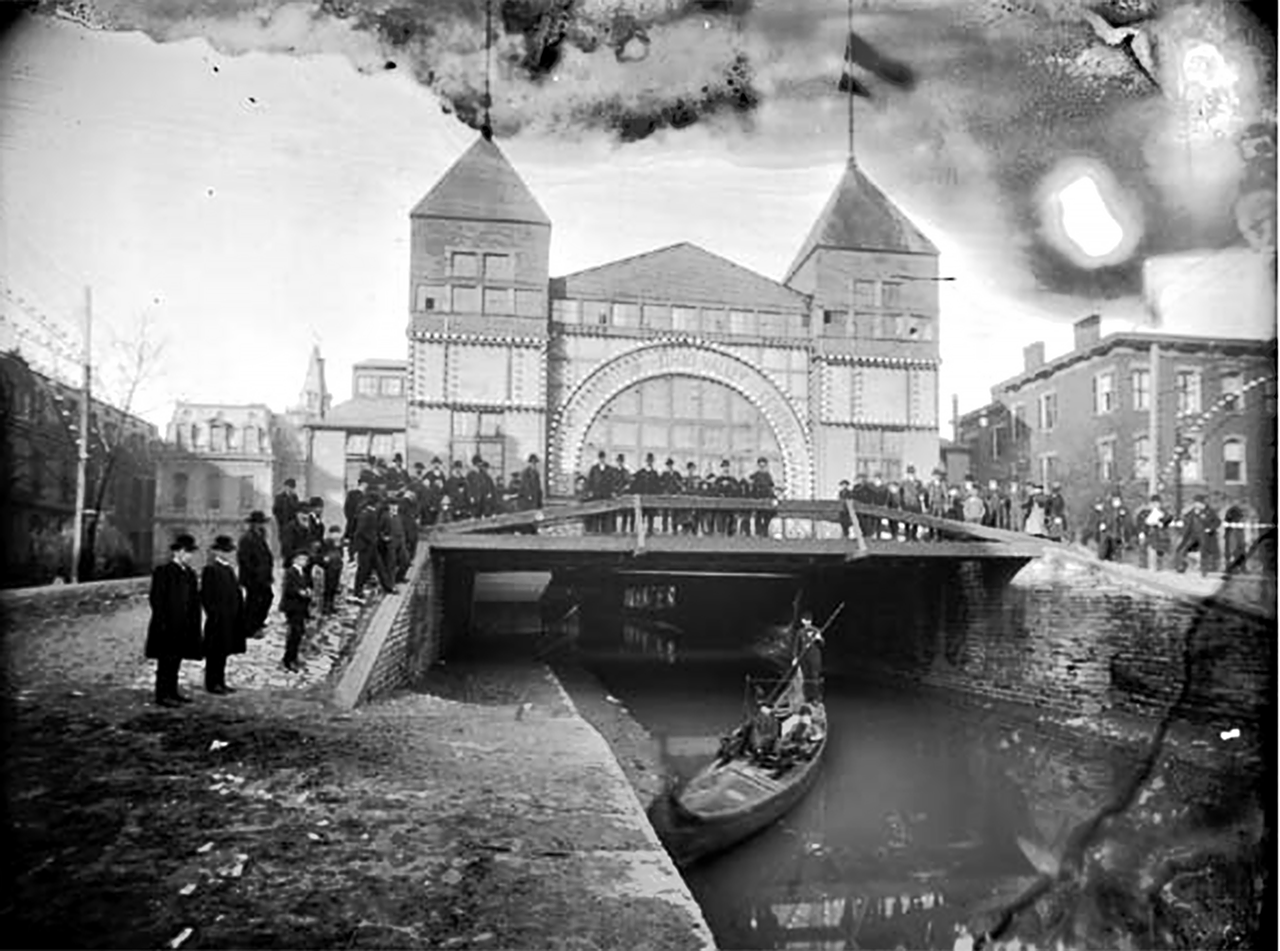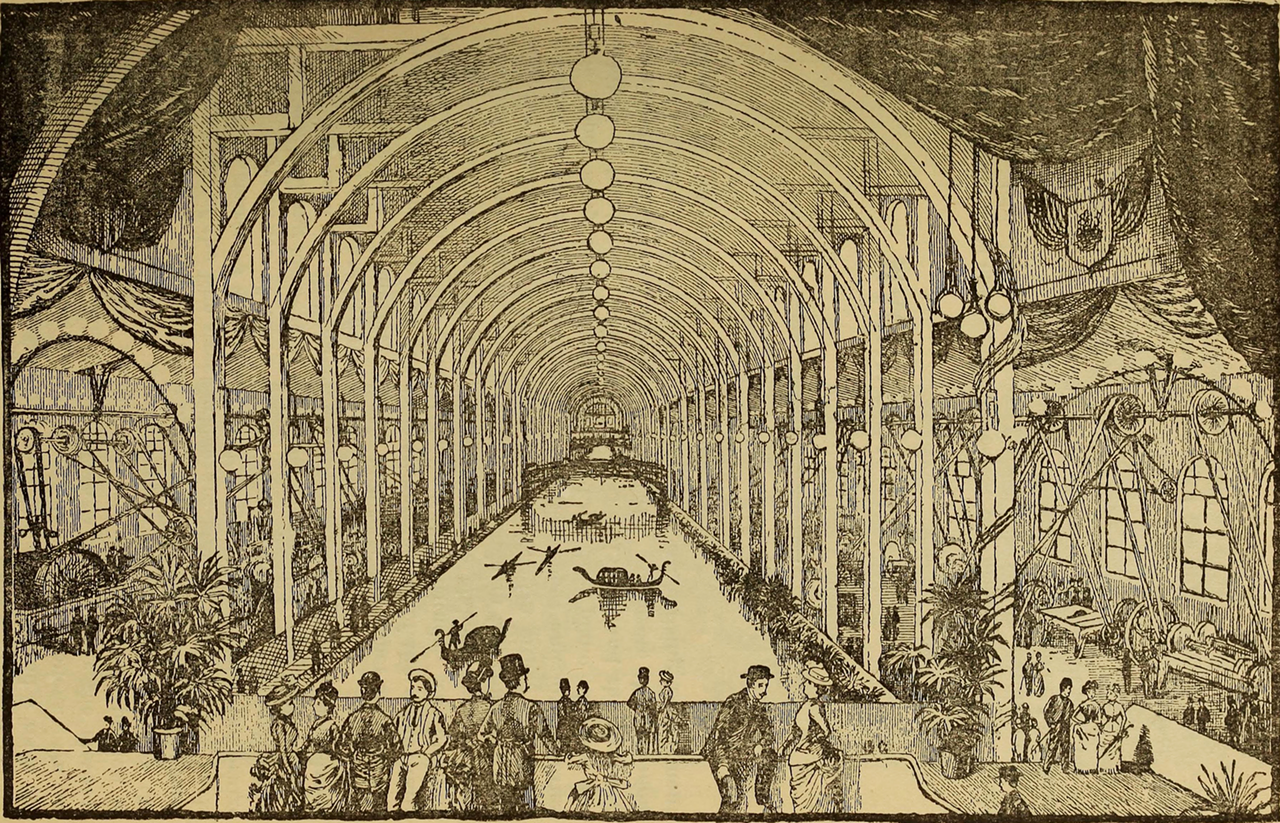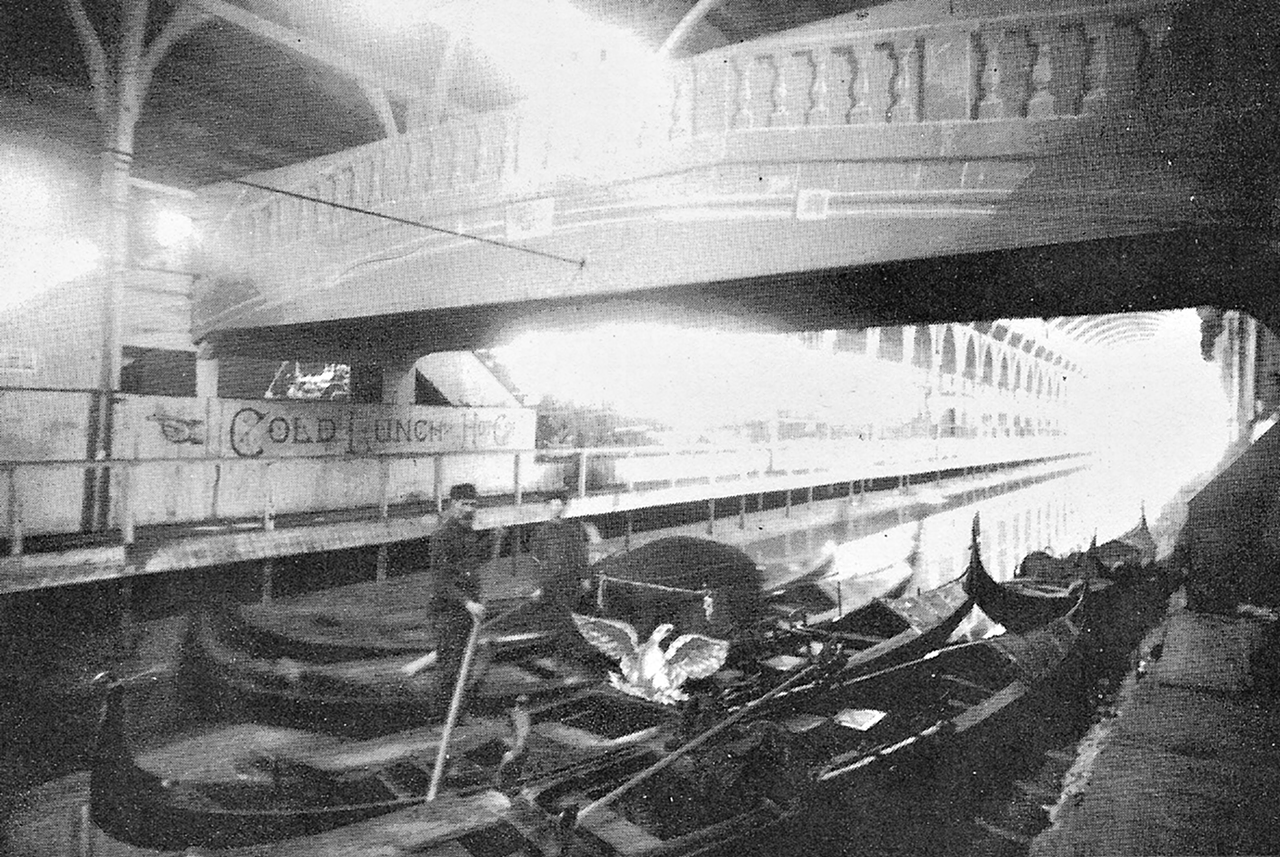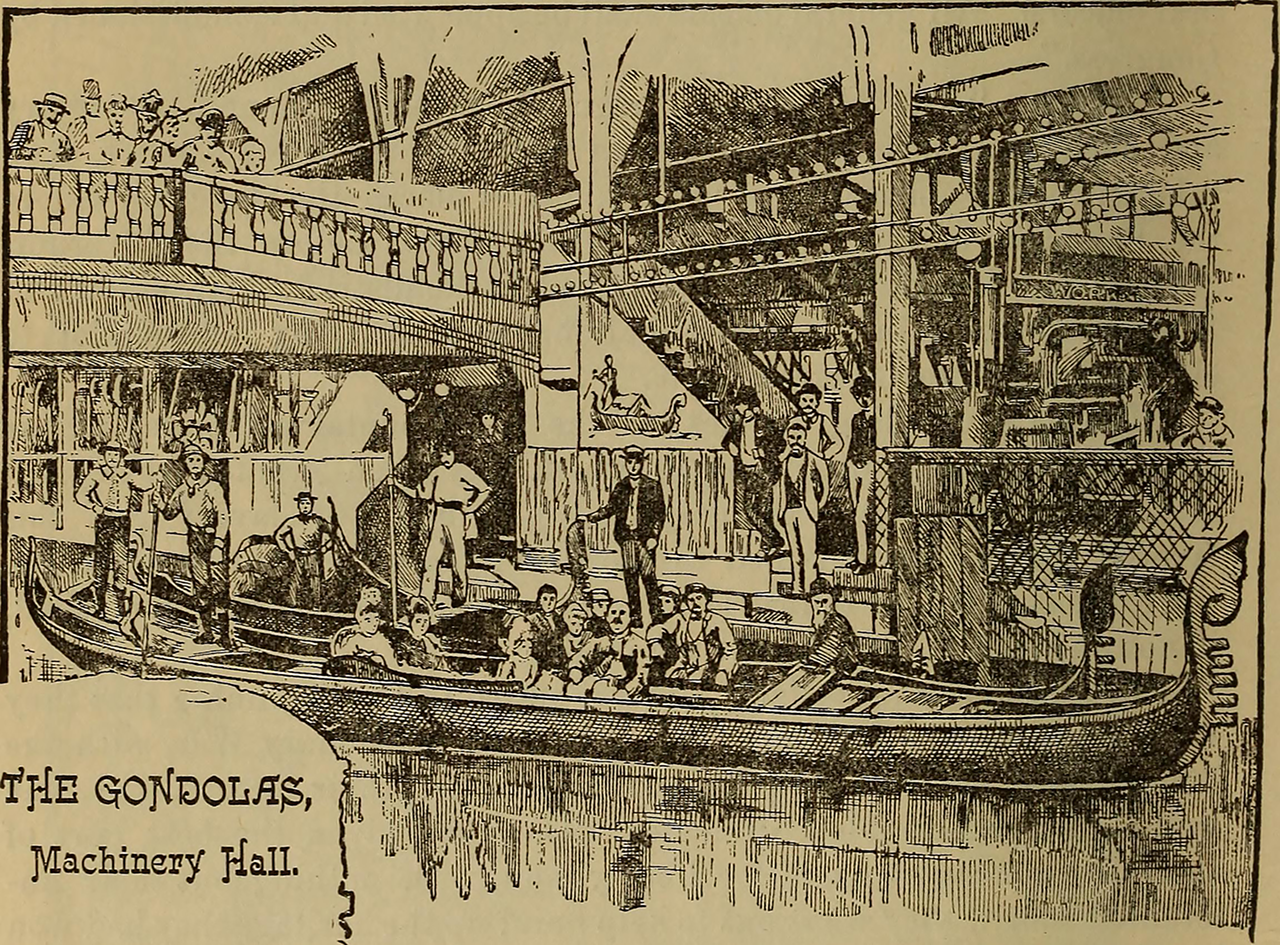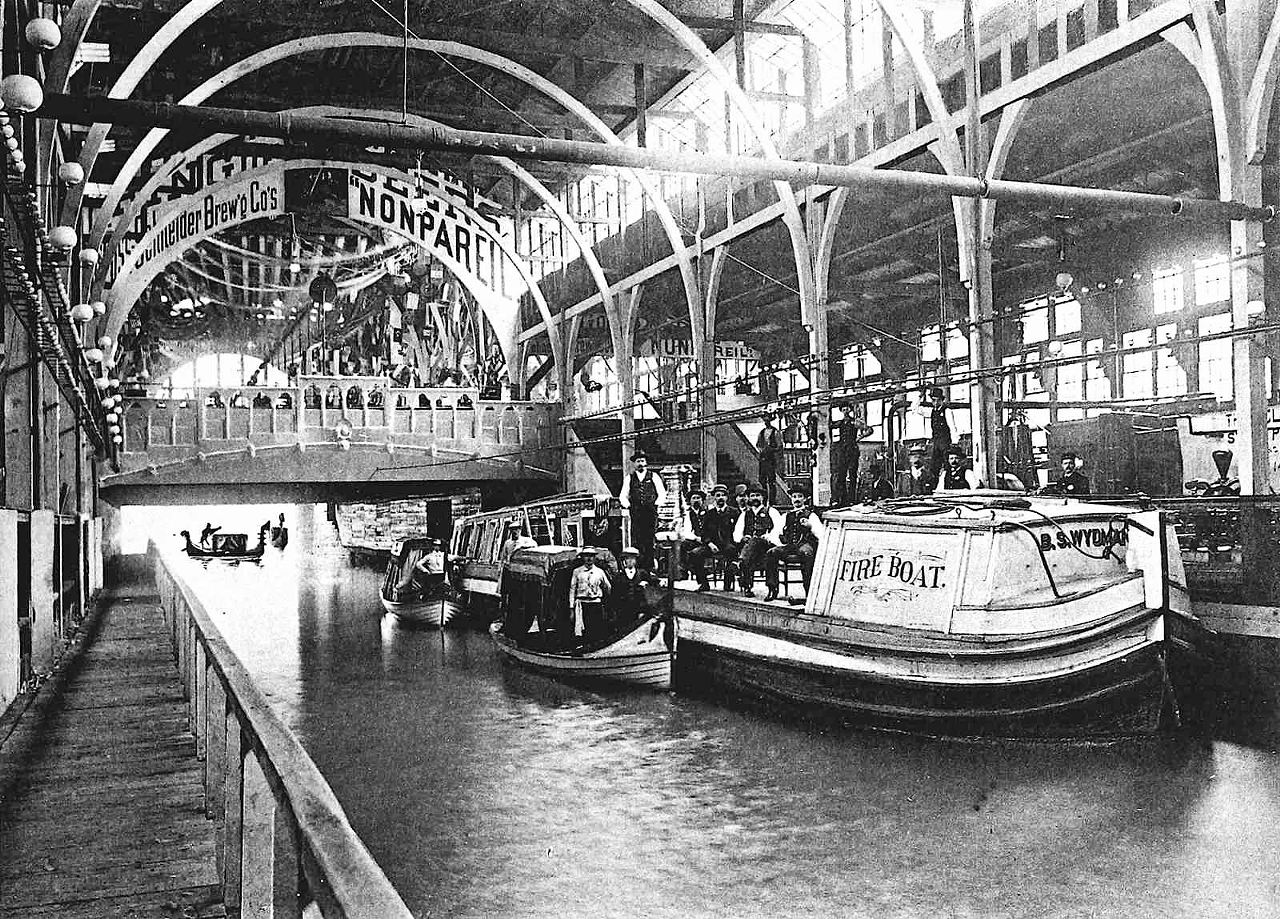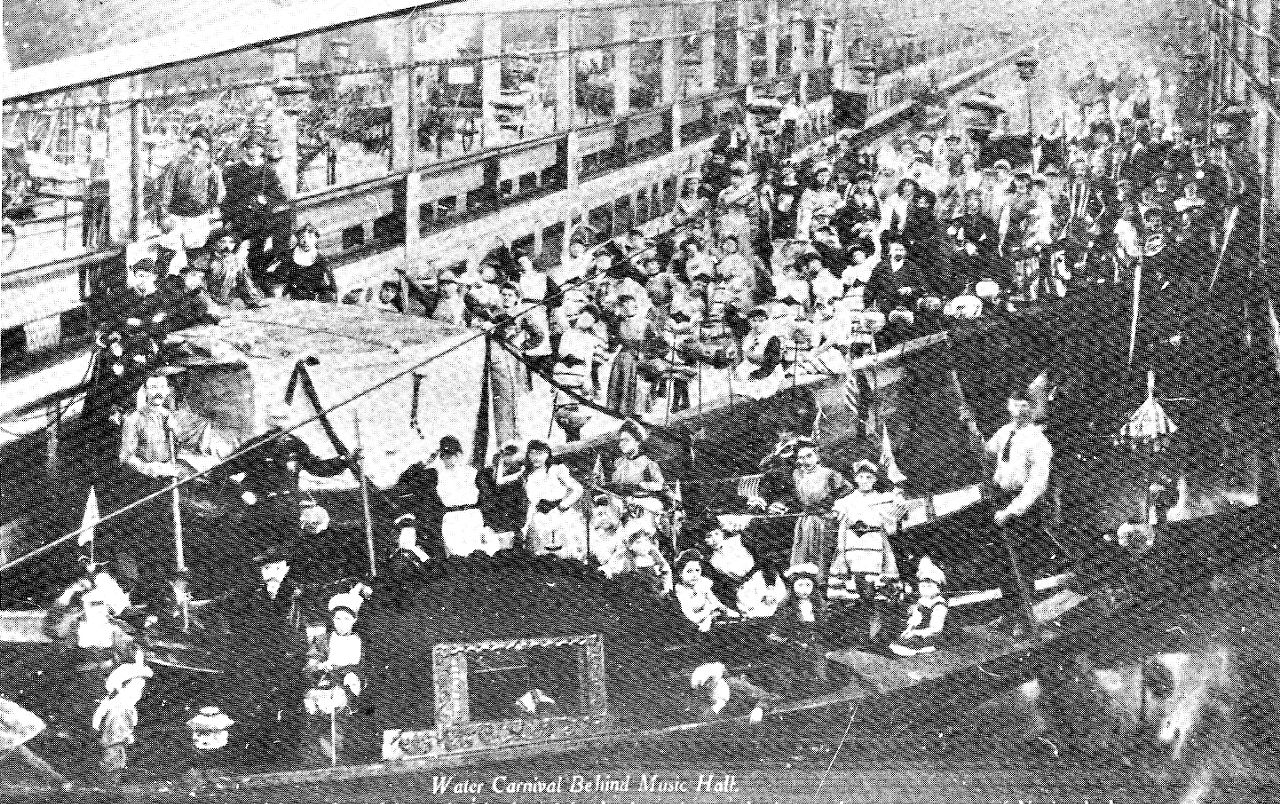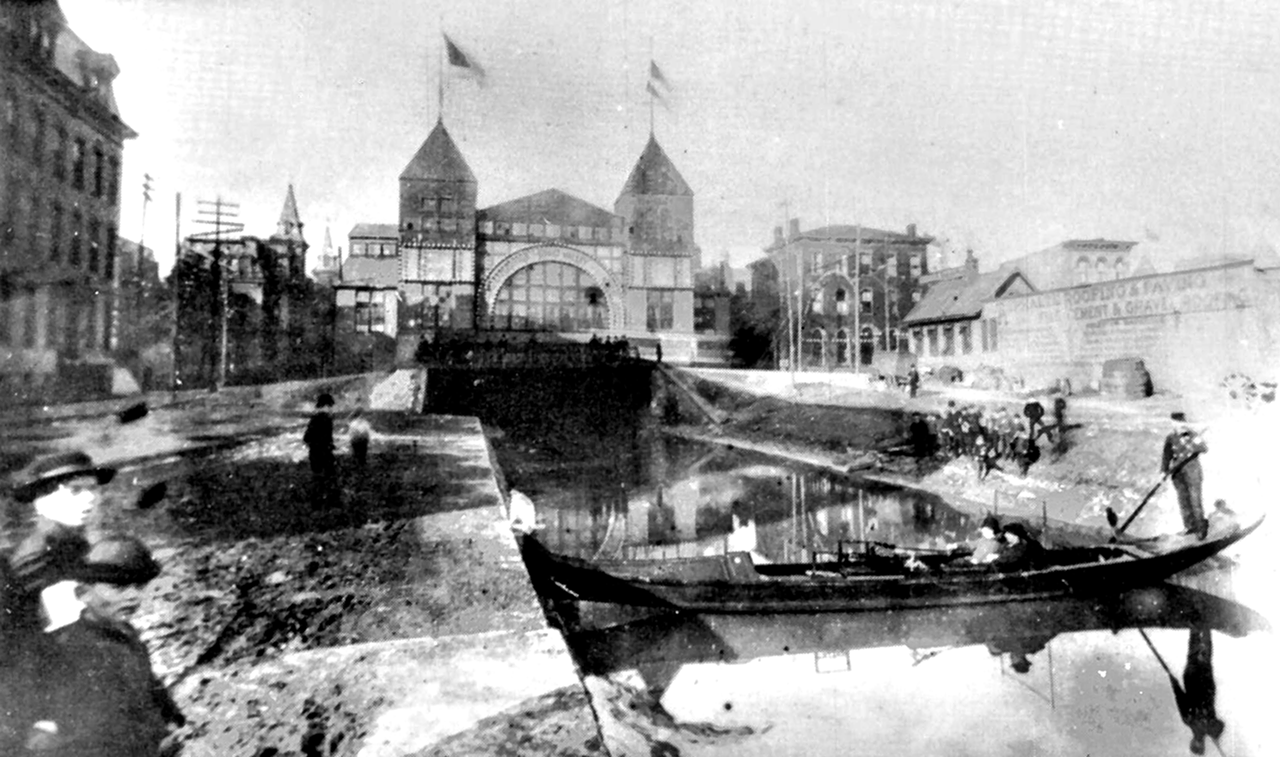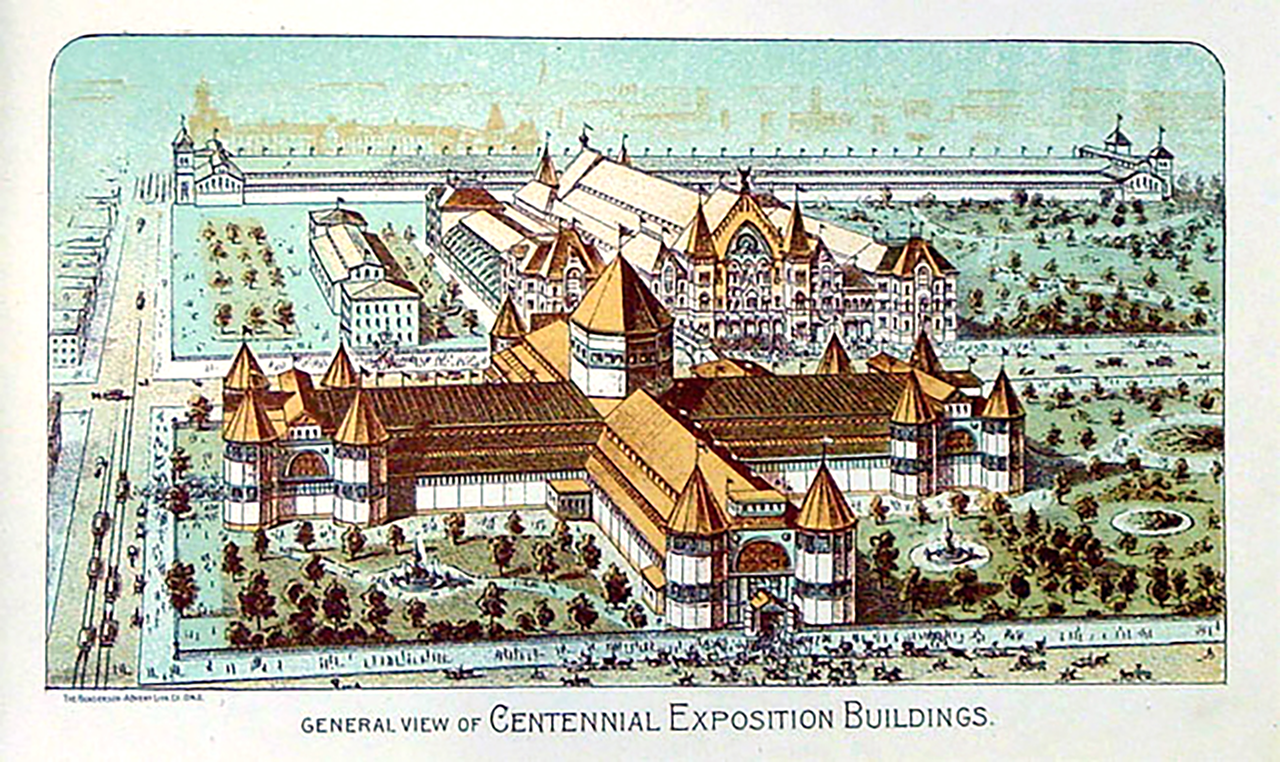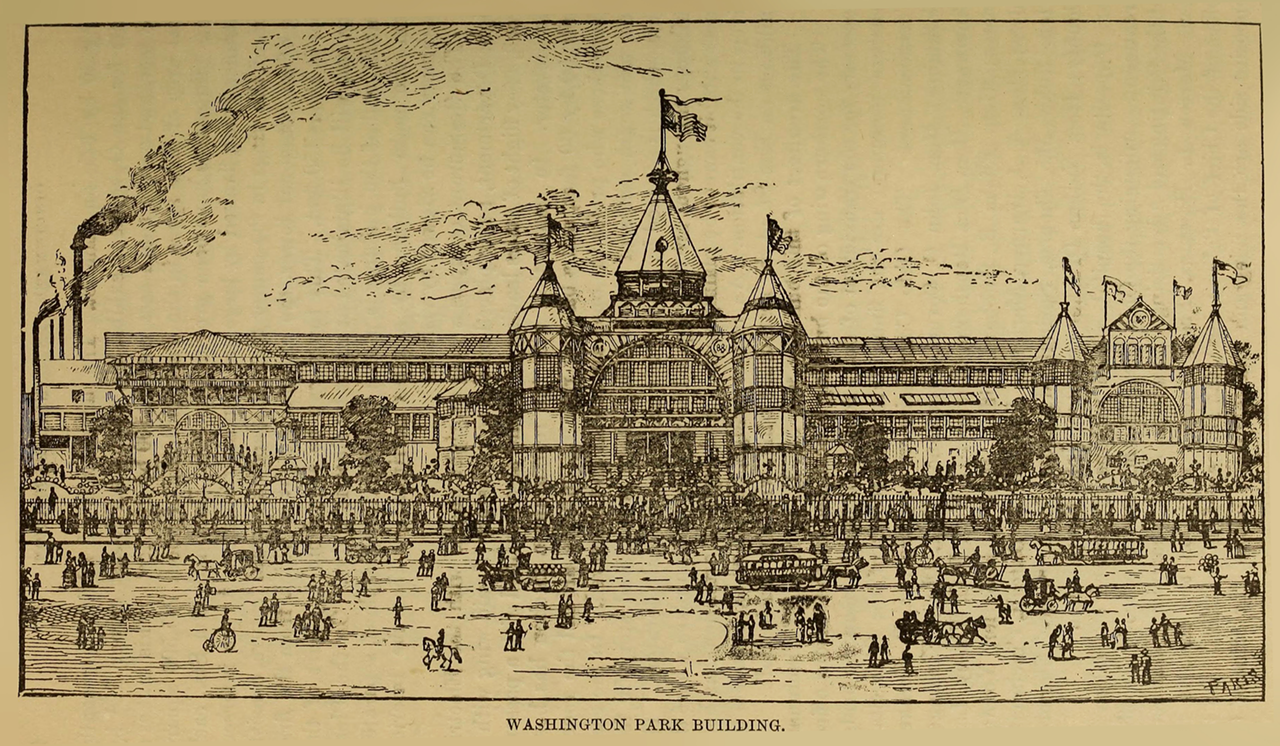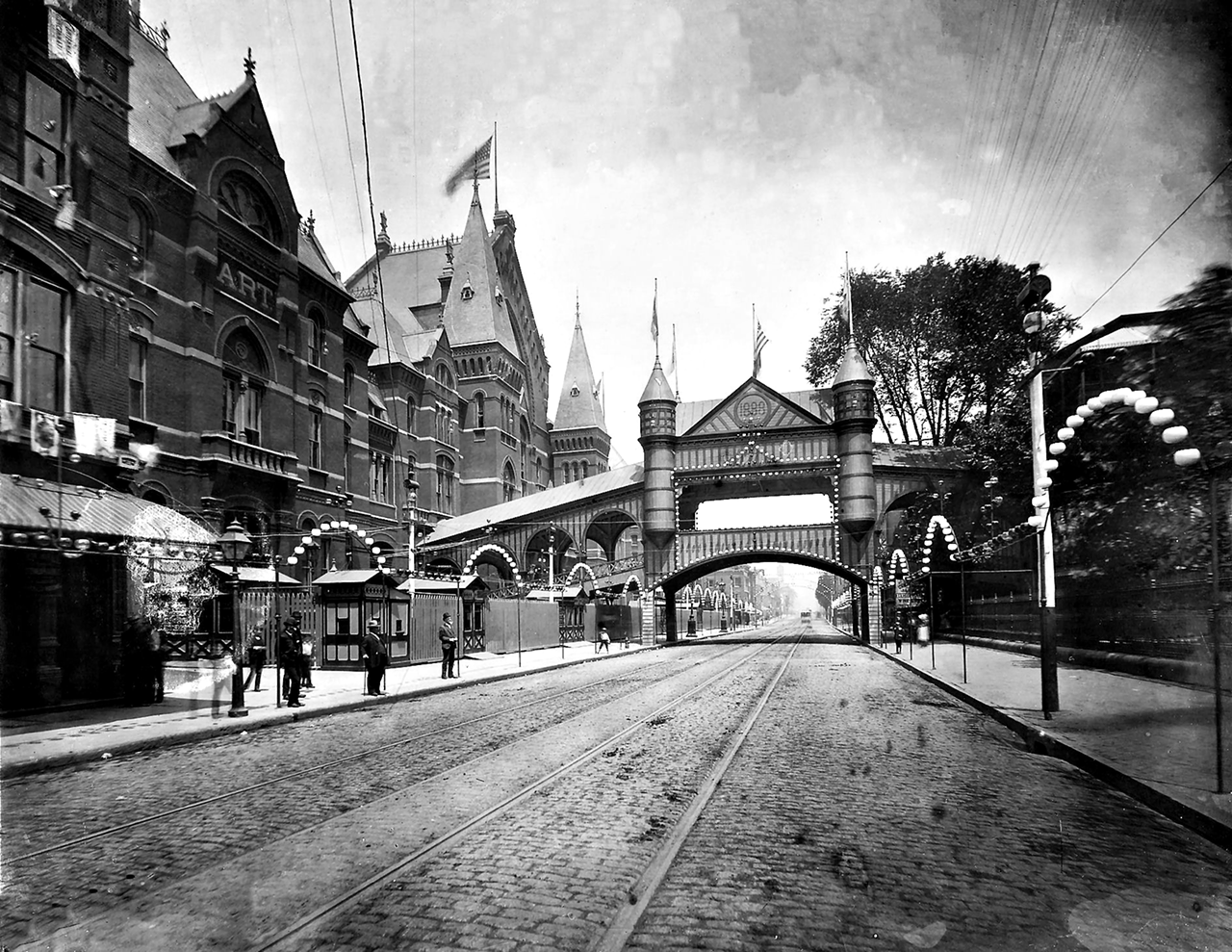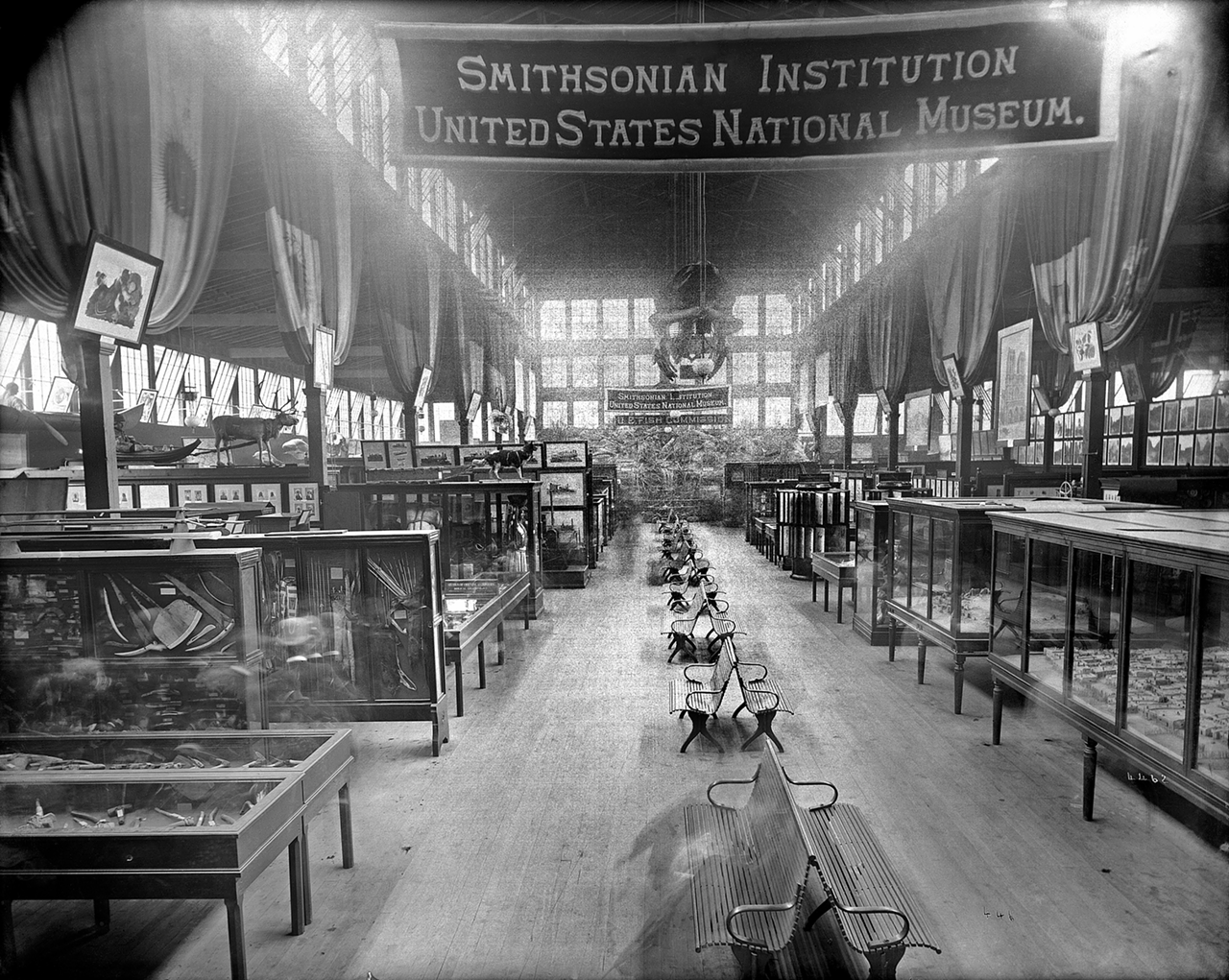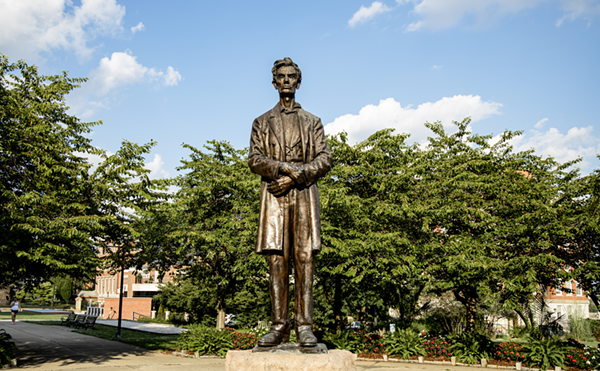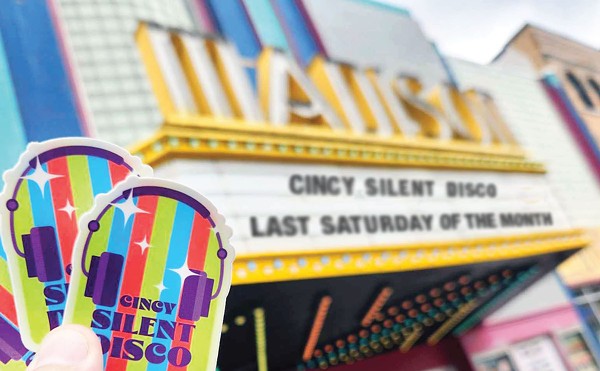They called it the “World’s Fair of Cincinnati.” When the Centennial Exposition of the Ohio Valley and Central States first began to enthrall onlookers 130 years ago, way back in 1888, it was nominally slated to celebrate the anniversary of the City of Cincinnati’s founding. More to the truth, this incredibly lavish year-long exposition gave cause to spotlight the growing metro’s industry, commerce and rampant technological progress.
Unheard-of electric lights were seen everywhere; exhibit halls could be open — and illuminated — late into the night. Gondolas were imported from Venice, Italy, along with the necessary gondoliers to provide voyages along the Erie Canal (what’s now Central Parkway). For laughs, they even hauled in President Ulysses S. Grant’s Point Pleasant home. Really.
The ostentatious festival dominated city life for most of the year in 1888: planning, execution, excitement, crowds, tear-downs. It ran for more than 100 days, from July 4 to Nov. 8, open 9 a.m.-10 p.m. every day except Sunday. Cincinnatians subscribed for tickets in excess of $1 million, a tidy sum in that era; season tickets cost a whopping $5, and adult daily admission was 25 cents.
All in all, the fest featured 47 acres of unbridled play and 950,000-square-feet of exhibition space.
Read more about the expo here.

